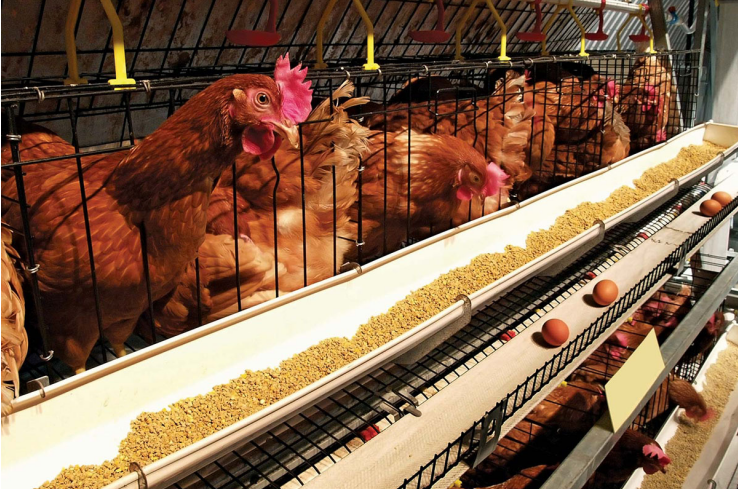Specifications and Benefits of Modern Layer Chicken Cages for Optimal Poultry Farming
Sep . 23, 2024 21:15 Back to list
Specifications and Benefits of Modern Layer Chicken Cages for Optimal Poultry Farming
Layer Chicken Cages A Modern Solution for Poultry Farming
Layer chicken cages have become increasingly popular in modern poultry farming due to their efficiency and effectiveness in egg production. As the demand for eggs continues to rise globally, the need for innovative farming solutions has never been more pressing. Layer chicken cages provide a viable approach to meet this demand while ensuring the well-being of the chickens and optimizing space in poultry houses.
One of the primary advantages of layer chicken cages is their ability to maximize space. These cages are designed to stack vertically, allowing farmers to house a larger number of birds in a confined area. This vertical design not only conserves land but also facilitates better management and monitoring of the chickens. Farmers can easily access the birds for feeding, watering, and health checks without the need for extensive movement through the poultry house.
In addition to space efficiency, layer chicken cages also promote hygiene and sanitation. The design of these cages helps to minimize the spread of diseases among the flock. Unlike traditional floor-based systems, where waste is scattered, layer cages are structured to funnel droppings into trays or belts below. This makes cleaning easier and quicker, significantly reducing the risk of salmonella and other pathogens that can affect both the chickens and the eggs produced.
layer chicken cages

Furthermore, layer chicken cages enable better control over the chickens' environment
. They provide proper ventilation and can be equipped with systems to regulate temperature and humidity, creating a comfortable habitat for the birds. When chickens are kept in a stress-free environment, their productivity increases, resulting in higher egg yield and quality.Critics of layer chicken cages often point to animal welfare concerns. However, modern cage systems are being designed with the animals' comfort in mind. Enriched cages offer larger space allowances and include features such as perches and nesting boxes, allowing hens to exhibit natural behaviors. These advancements address welfare concerns while still maintaining the benefits associated with cage systems.
Moreover, the economic aspect of layer chicken cages cannot be overlooked. The upfront investment in cages can be significant, but the long-term benefits, including increased production efficiency and reduced labor costs, often outweigh these initial expenses. Farmers can achieve a higher return on investment through consistent, high-quality egg production.
In conclusion, layer chicken cages represent a significant development in poultry farming, offering numerous advantages in terms of space utilization, hygiene, animal welfare, and economic viability. As the industry evolves, these systems are likely to play a crucial role in meeting the increasing global demand for eggs while ensuring responsible farming practices. The future of poultry farming looks promising with the continued innovation in layer chicken cage technology.
-
Hot Sale 24 & 18 Door Rabbit Cages - Premium Breeding Solutions
NewsJul.25,2025
-
Automatic Feeding Line System Pan Feeder Nipple Drinker - Anping County Yize Metal Products Co., Ltd.
NewsJul.21,2025
-
Automatic Feeding Line System Pan Feeder Nipple Drinker - Anping County Yize Metal Products Co., Ltd.
NewsJul.21,2025
-
Automatic Feeding Line System - Anping Yize | Precision & Nipple
NewsJul.21,2025
-
Automatic Feeding Line System - Anping Yize | Precision & Nipple
NewsJul.21,2025
-
Automatic Feeding Line System-Anping County Yize Metal Products Co., Ltd.|Efficient Feed Distribution&Customized Animal Farming Solutions
NewsJul.21,2025






